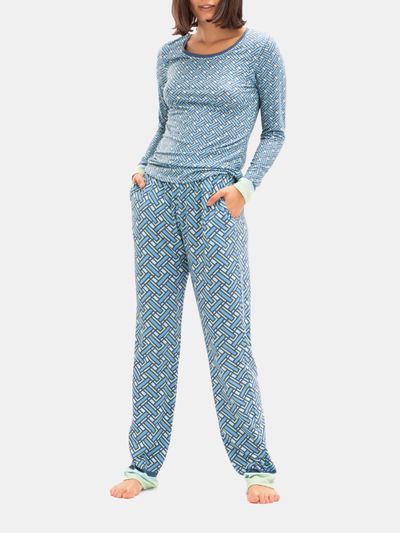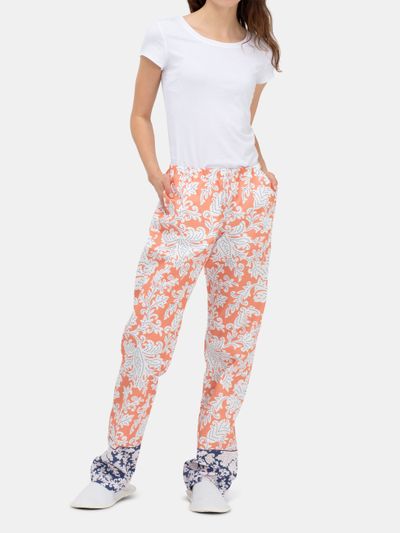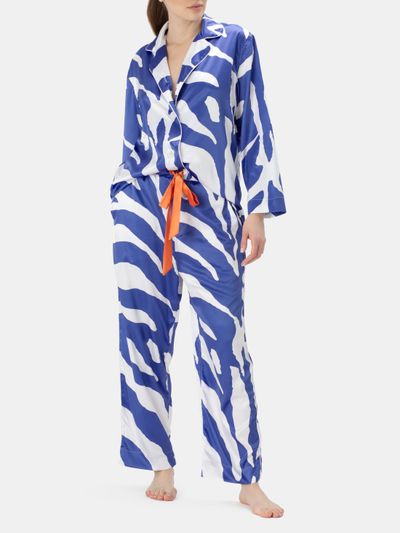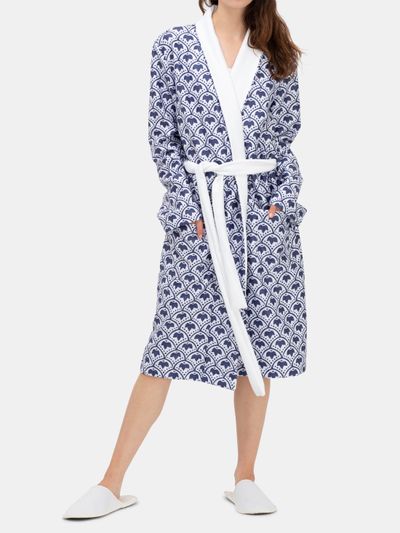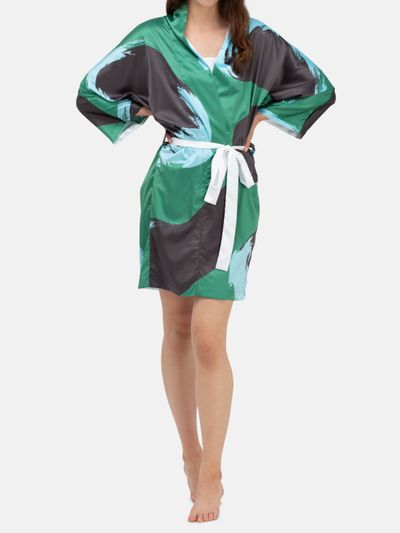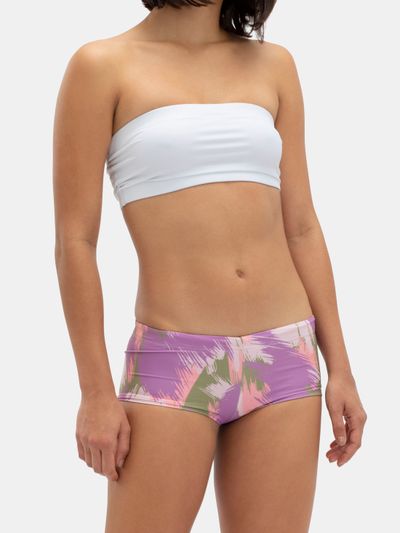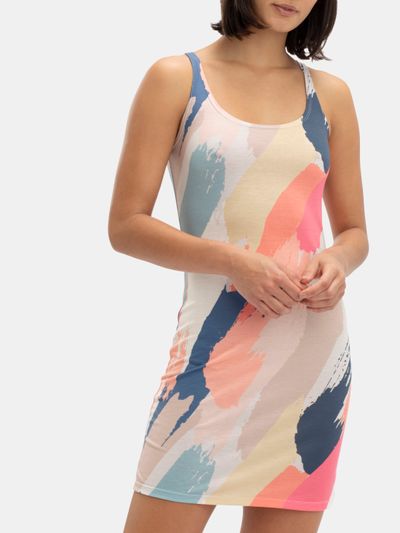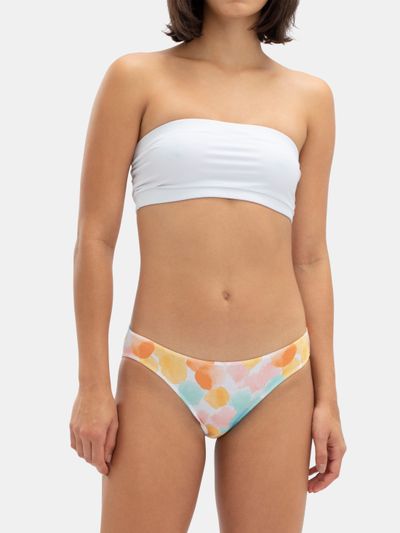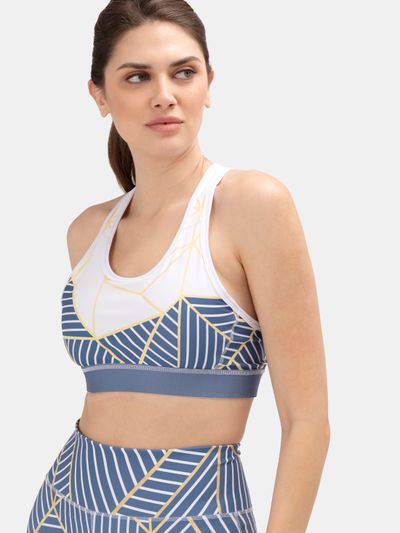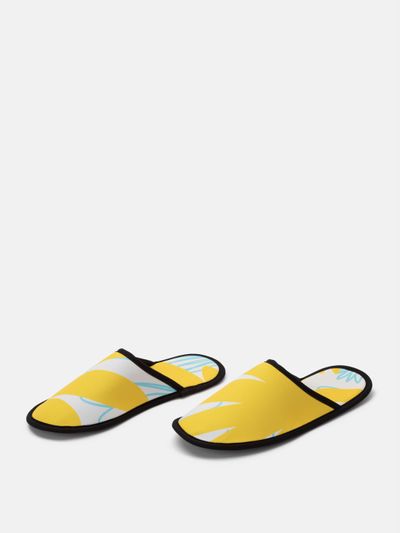Design personalised underwear for her as well as pyjamas and nighties for alternative loungewear options that break the mould. From cute knickers to seductive kimonos, you can easily design your own underwear collection online.
The History of Underwear - Women’s Underwear Throughout the Ages, and a Need for Nether Region Undergarments
A Brief History of Loincloths
Surprisingly, the clothing that usually goes unseen has undergone some of the biggest style changes in fashion history. The history of underwear is long and varied; women's underwear has evolved through the ages, taking inspiration from every era’s biggest design trendsetters.
Underwear in some form or another has been worn ever since Ancient History – a simple loincloth was probably one of the first undergarments ever worn by human beings. A loincloth is generally a strip of material which passes between the legs and around the waist and is tied to fasten it and was usually made from wool, linen or a blend. Silk was only afforded by the upper classes.
Both Roman women and men wore a unisex garment called a ‘subligaculum’, a type of shorts or loincloth usually made from leather or linen. Female performers wore an additional fabric band around their chest to protect their modesty, but there has been no evidence to suggest whether women wore these garments every day.
Middle Ages/Renaissance 1300-1700
The history of underwear as we know it starts taking shape in the Middle Ages. Medieval women (and men) usually wore a slim-fitting smock garment under their clothes as an undergarment, which was sometimes layered up with petticoats. Aside from these smocks which were donned under heavier dresses, women usually went without any knickers at all. It was only during the Regency era that women began wearing undergarments that completely covered the crotch area.
From the end of the 16th century, women wore skirt-like garments called petticoats, which were sometimes embroidered. (A petticoat was originally a petty coat, a short coat worn by a man but women borrowed the term). Corsets also found their place in underwear trends, as first being called pairs of bodies – which referred to a stiffened bodice which was worn layered with another bodice stiffened using materials like canes, whalebone or reeds. These were straight corsets, not the curved ones we are familiar with from the Victorian era.
The 18th Century Need for Underwear; How to Avoid a ‘Marilyn’ Slip
The 18th century marked a huge step forward in the growth of the textiles industry. Developments in technology and factory machinery meant that cotton fabrics were more readily available, as well as lighter fabrics like lawn, sheer and silks. The surge in these materials meant they replaced heavier brocade fabrics that were previously at the height of fashion.
Simply because these fabrics were much lighter, women began to feel a need for additional undergarments to keep the chills at bay – especially on particularly breezy days when they would not want their skirts blowing up in the wind! Whilst it was convenient for women to continue just wearing petticoats (and a lot of them did until the end of the century), ‘pantaloons’ began to be donned under slips. The word pantaloons came from the name Pantalone, a character in Italian comedy for wore floaty garments which came down to the knees. These floaty pants developed into frilled bloomers called ‘pantalettes’ by 1820, which shortened as skirt lengths did.
A True Knickerbocker Glory
The word ‘Knickers’ originally came from a book written by Washington Irving in 1809, named ‘History of New York’. His pseudonym was Diedrick Knickerbocker. His illustrations in the book showed men wearing loose drawers which were tied at the knee, coining the term ‘knickerbockers’. These garments began being used for sports activities from the 1820s onwards. Women began wearing them under their hoop cages for larger dresses, and drawers and knickers eventually began to mean the same type of undergarment.
Queen Vic the Trendsetter
During the Victorian era, Queen Vic made sure that the fashion for knickers became a staple in the wardrobe of every Victorian woman. Drawers began the journey to the knickers we know today – by 1868, lace edges on knickers were the norm, and by 1876 the legs of the garments had merged to become closed. The legs were no longer separate like a pair of pantaloons – they had evolved into classic knickers.
By the late 1870s, knickers were finally worn and accepted by most women, generally made from scarf flannel, which could be detached for easy washing.
Onesies Are Here to Stay
Just when we thought we were on the way to the modern knickers, ‘combination’ onesies take centre stage. This new underwear item was a full camisole garment attached to drawers. The design meant that there was no longer a need for a separate chemise and drawers, and they were generally made from silk, fine muslin and other exotic fabrics by 1892. However, knickers were still worn throughout the 20th century, where most undergarments were made completely from the finest lawn.
The 1920's flapper era brought knickers with an extra splash of style – French knickers. These were pretty much skirt knickers, which soon evolved to cami-knickers by adjoining the camisole to the top of the drawers. Throughout the 20th century, onesies prevailed and became shorter, slimmer, and more revealing. Developments in fabric manufacturing meant that nylon was the fabric trend for lingerie during the 1950s-1970s, after which natural fabrics once again gained a wider following. More modern combinations were the lingerie ‘teddy’, generally made from silk or satin, which was slim fitting and sculpted to the body. They were worn as luxury lingerie items, particularly throughout the 1980s.
The Evolution of Knickers to Briefs
During the 1930s, the history of underwear took a turn. Knickers became slimmer and smoother in shape and became known as ‘briefs’ or ‘panty briefs’. The length changed with the fashions – shorter hems obviously called for higher cut briefs, but when skirt lengths came down, so did knickers. The briefs were tailored to suit the body to bring us a style that we can recognise to this day.
Throughout the 20th century, briefs varied primarily by length as mentioned above, and by fabric.The 1930s – Silk, silk and merino blend
The 1940s & 1950s – Cotton and silk, nylon, knit rayon
The 1960s – Nylon lace, cotton jersey, lace
The 1970s & 1980s – Cotton nylon blend
The Journey to Modern Pants
The style of briefs blossomed, with tons of different looks and fabrics available for every woman. Hipster briefs made their mark in the late 1970s, and by the 1980s fashion designers had even begun designing their own stylish underwear collections. Eco-conscious fabrics came into fashion, alongside luxury manmade fabrics like exotic lace. The choice of pants was broad and exciting – there truly was something for everyone.By the 1990s, styles such as tangas, g-strings, boy shorts became prevalent, and by the early noughties, knickers were being spruced up, even more, to show that briefs can be naughty too. Comical images, slogans, patterns and even more silk and lace were added to everyday undies to add an extra element of style.
After exploring how garments and fabrics changed throughout the ages and the history of underwear, why not have a go and design your own underwear and nightwear. Make personalised underwear for her, custom pjs or even a pair of selfie socks.

